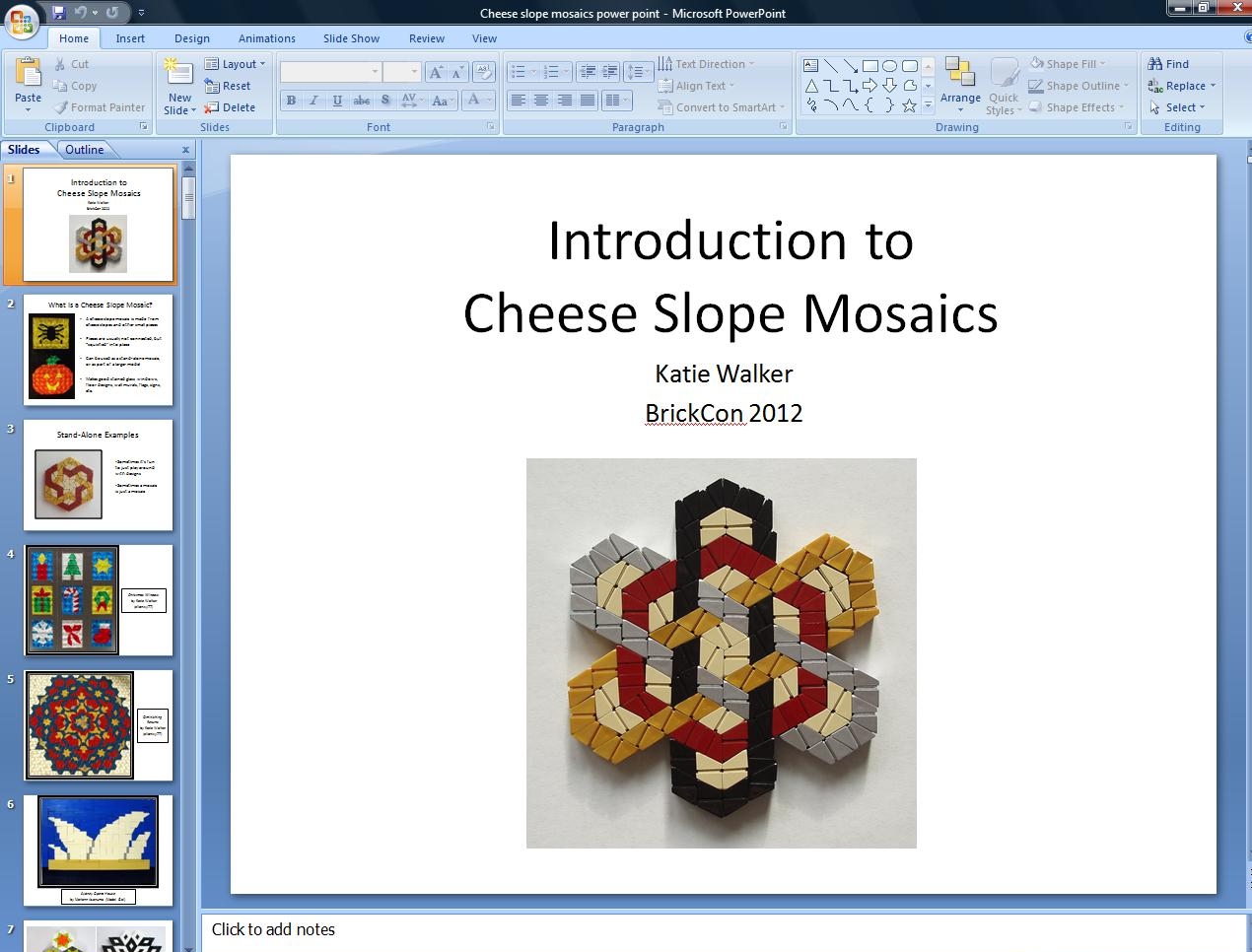3.3: Multimedia Platforms and Social Media
- Page ID
- 46105
Learning Objectives
- Identify professional applications of multimedia platforms
- Identify professional applications of social media networks
Multimedia is any content that uses a combination of different content forms such as text, audio, images, animations, video and interactive content. Multimedia can be recorded and played, displayed, interacted with or accessed by information content processing devices, such as computerized and electronic devices. Multimedia platforms are the spaces that you can use to make, share, or view this content. This means that multimedia platforms offer an array of communication and education applications to business audiences. Business presentations, blogs, wikis and podcasts are all excellent examples of how multimedia platforms can get the message across.
One of the most common uses of multimedia platforms today is to create and deliver effective business presentations. Although paper handouts, flip-charts, and props are still used, they can fall short in several respects.
Handouts are typically paper-based and have two major shortcomings. First, they tend to distract the audience, who try to read ahead instead of listening to the presenter. Secondly, handouts carry the risk of falling into the wrong hands, either unauthorized personnel or even competitors. Flip-charts are also limited in several ways. First, to make an effective flip-chart graphic, talent and professional tools and materials need to be used. Secondly, they are cumbersome to transport and somewhat dated in their use. Props are also considered to be dated and trite for today’s business presentations.
Presentations
Multimedia slides created by applications such as PowerPoint, Keynote, Adobe Presenter, or Prezi can provide the basis for effective presentations. These applications provide professional color, graphic and font capabilities, which help to better express the presenter’s ideas. They can integrate video, audio and hyperlinks into the presentation, providing a great vehicle for a successful meeting.

Different people process information in different ways. Multimedia platforms allow for the same content to be presented in different ways. Having a combination of text, images, and sound can help emphasize your message and catch people’s attention at multiple points during the presentation. An embedded customer testimonial video can go a long way to reinforcing a message of good service, giving more credibility to the presenter. Special effects, such automated highlighting or underlining of text on a slide, can break up text-heavy slides as long as they are not overused.
Despite the dazzling experience multimedia presentations can provide, success still depends on the presenter knowing the audience and framing ideas that are important to them. You may be familiar with the “Death By PowerPoint” syndrome where the audience is paralyzed with a never-ending stream of slide after slide after slide. We will cover multimedia business presentations in more detail in Module 8: Developing and Delivering Business Presentations.
Blogs
Another multimedia platform to effectively communicate with business audiences is the blog. A blog is really a website with journal-style entries on topics designed to inform and invite comments. Blogs are used in business to communicate with customers and employees. For customers, blogs are a great vehicle for market research, public relations, customer outreach and solicitation of feedback. Here is an example of a Starbucks customer relations blog and a Coca-Cola customer relations blog that do an outstanding job of customer relations.
Wikis
A wiki is a web-based platform that usually serves as a knowledge base. Wikis are composed of combined knowledge from an online community of contributors. In a business environment, private intranets are used to keep wikis within the company firewall as they are the repository of sensitive company procedures and processes. Information such as travel expense policies, HR rules and forms, internal contact directory, last quarter’s financial press release, etc. can easily be accessed from all company locations including remote employee offices.
Podcasts
In addition to presentations, blogs and wikis, podcasts are another multimedia tool used for effective business communication. Podcasts can take advantage of all the techniques we have discussed in this module so far but are primarily video and audio-based. Podcasts can be streamed live or can be recorded for repeated use.
Practice Question
Social Media Networks
The use of social media networks in business communication can be divided into two categories: external and internal.
External Use
Companies use established social media platforms like Facebook, Twitter, Pinterest, and LinkedIn to reach out to vast external public online communities. These communities have users numbering in the millions (Facebook in the billions), so it is no surprise that they are naturally attractive to businesses for multiple marketing activities.
Here is an example from Facebook—a page displaying organic fragrance and skincare from Marie Veronique Organics:
Here is an example of social media advertising on Linkedin:

Internal Use
The second category of social media in business communication is internal use. Many large organizations have private internal social media platforms for employees only. Many of these use a model similar to Facebook, but utilize software platforms from companies like Salesforce, Yammer, and Jive. This use of social media is quite powerful and allows large business to easily connect employees across disparate sites, keep employees informed of important information in a format that is readily consumed.
Practice Question
Contributors and Attributions
- Multimedia Platforms. Authored by: Robert Danielson. Provided by: Lumen Learning. License: CC BY: Attribution
- Screenshot LinkedIn ad. Provided by: Lumen Learning. License: CC BY: Attribution
- Social Media Mission: Facebook Custom Business Page Project. Authored by: Maria Reyes-McDavis. Provided by: flickr. Located at: https://www.flickr.com/photos/mariareyesmcdavis/4784911603. License: CC BY-SA: Attribution-ShareAlike
- Cheese Slopes Presentation PowerPoint Link. Authored by: Katie Walker. Provided by: Flickr. Located at: https://www.flickr.com/photos/eilonwy77/8055815223. License: CC BY: Attribution

